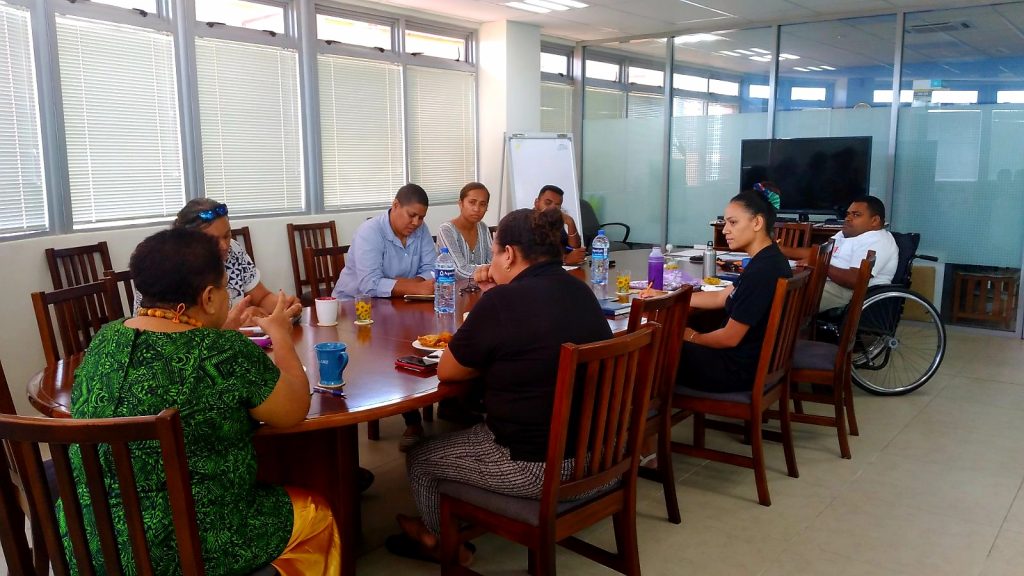Evacuation Centres to Become Accessible
10 May, 2021
The Pacific Islands are one of the most disaster-prone regions in the world. As such, humanitarian organisations like ADRA work with locals to ensure that communities are ‘disaster ready.’
Being ‘disaster ready’ includes activities like identifying evacuation centres using a Geographic Information System (GIS), having prepositioned supplies ready to distribute should disaster strike and preparing homes and crops in the lead up to a disaster.
In Fiji however, evacuation centres have failed to consider the needs of their disabled community members. Evacuation centres nationwide are not inclusive to those living with disabilities and the elderly.
But all of this is expected to change. The Church Agency Network Disaster Operations (CAN DO) is working with its partners, including ADRA, to improve evacuation centres in Fiji through its Safe N Redi Project which is funded by the Australian Humanitarian Partnership (AHP).
In many cases, churches act as evacuation centres in times of disaster. Katherine Madigibuli is CAN DO’s GIS Coordinator and is working with selected church sites to conduct mapping and evacuation centre retrofitting. The focus of the retrofitting is disability access. The collected information is shared with CAN DO partners like ADRA to allow centres to be changed to become user friendly to people living with disabilities.

Evacuation centre retrofitting consultation
“There are lots of challenges faced by persons with disabilities in humanitarian situations, and evacuation centres is one of the priority areas to be improved,” says Jay Nasilasila, Disaster Risk Reduction officer for Fiji Disabled People’s Federation.
Katherine revealed that one of the reasons people with disabilities and the elderly do not move to evacuation centres during disasters is because it is not accessible and they do not have much privacy.
“For so long we have been neglected and we are grateful that the first step to improving the evacuation centres to accommodate us is being taken by CAN DO,” Jay says. “There is very little understanding on disability inclusion in disaster preparedness or response. Therefore, we acknowledge them for such a project that will see changes being taken to improve disaster preparedness for the vulnerable.”
 1800
242 372
1800
242 372